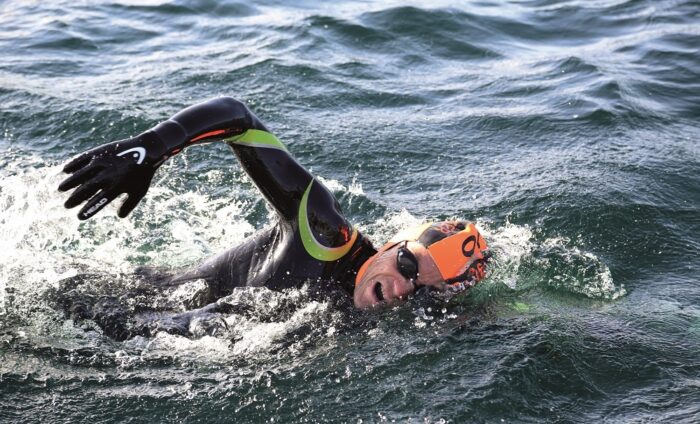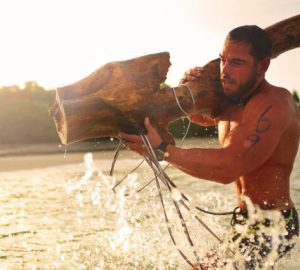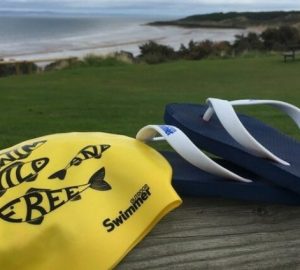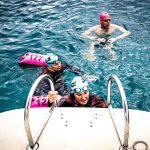
Can I train for a long distance swim outdoors in winter?
We received the following question from Ian in Northern Ireland: I’ve entered a long swim in 2022 and I’m wondering about the practicality of training for it in open water through the winter. The water temperature where I swim drops below 5 degrees.
Sub 5-degree water presents a number of challenges for outdoor swimmers. Based on guidelines from the International Ice Swimming Association, swimmers define water of less than 5 degrees as icy. To be recognised by IISA, an Ice Mile must be swum in these temperatures. It is a serious undertaking that should only be tackled after serious preparation and under strict supervision.
In your email, you mention that you dip in icy water a couple of times each week but you’re considering putting on neoprene for longer training swims. I appreciate that this is a different scenario to an Ice Mile but it’s important to keep in mind that sub-5 degree water is an extremely challenging environment for the human body. This doesn’t mean you can’t do longer swims, but you must do a proper risk assessment, take measures to reduce the risk of hypothermia and ensure you have a swimming buddy or someone to keep an eye on you in the water.
Remember, a wetsuit does not prevent cold water shock. In your case, as a regular winter skins dipper, this shouldn’t be an issue, but it would be if you’re not used to the cold. Secondly, at these temperatures, a standard swimming wetsuit will allow you a little extra time in the water but it’s unlikely to keep you warm enough to swim indefinitely. You will almost certainly feel cold very quickly and will still be at risk of hypothermia.
Extreme cold water will also cause pain in your hands and feet, on your face and over your head. You will quickly lose dexterity in your fingers. You can mitigate this with neoprene socks, gloves and a swim cap. However, this will detract from your feel for the water. You could also look for a swimming wetsuit with additional insulation (some brands now offer thermal wetsuits) or you could consider adding extra layers, such as a rash vest, below your wetsuit. Note that while the extra layer will help keep you warmer, it will change your buoyancy and position in the water and impact your mobility. You could also consider trying mask-style goggles which will cover more of your face, but look for ones that leave your nose free.
Ear plugs may help you feel warmer and should also protect you from surfer’s ear – an abnormal bone growth within the ear canal triggered by repeated exposure to cold, wet conditions.
Once you have all your kit prepared (including all the warm clothes you need afterwards), you can start experimenting with training swims. Start with short swims and monitor how you cope. We’d recommend 10 minutes maximum initially and increase by no more than 5 minutes each time. Also be prepared to adjust your swims depending on the conditions. If water or air temperatures drop suddenly, then shorten your swim.
Even with all these measures in place to keep you warm, I wonder if you will be able to stay in long enough to cover the type of distances you’re hoping to? And secondly, I wonder if it matters? Perhaps if you can maintain some base fitness through the colder months through frequent but shorter swims, you can start increasing the distance as the water warms up in spring and still be ready in time for the summer. You could also supplement your swimming with some cross-training of your choice.
We hope this helps. We’d love to know how you get one but most importantly, respect the cold, stay safe and don’t take any risks with hypothermia.








